At Pursuit Health, our mission is to help businesses maximize the efficiency of their healthcare dollars while empowering employees to take charge of their health. But let’s be honest, healthcare is confusing! Between rising costs, complex regulations, and a sea of acronyms, navigating benefits can feel overwhelming.
That’s why we’re breaking down five key health insurance acronyms every business owner and employee should understand.
Knowing these will help you save money and get healthier.
1. PEO – Professional Employer Organization
A PEO can be a game-changer for small businesses looking to offer big-company benefits without the big-company price tag.
- Group Buying Power – Access better health insurance rates through a co-employment model
- Payroll & Compliance Handled – The PEO takes care of payroll, tax compliance, and HR admin
- HR Support & Risk Management – Expert guidance on employment laws and HR issues
Potential Downsides:
- Complicated Pricing – Some PEOs charge a percentage of payroll, making it hard to understand true costs
- Difficult to Leave – Transitioning away from a PEO requires planning to align technology, benefits, and HR
If you want better benefits, less admin work, and fewer HR headaches, a PEO might be right for you.
2. ICHRA – Individual Coverage Health Reimbursement Arrangement
Tired of the one-size-fits-all approach to employee health benefits? ICHRA offers a flexible, cost-effective alternative to traditional group plans.
- Set Your Own Budget – No surprise renewal hikes
- Employees Pick Their Own Plan – More choice, better fit
- Tax-Free Reimbursements – Covers insurance premiums & medical expenses
- Works for Businesses of All Sizes – From startups to enterprises
Potential Downsides:
- Employees Need Guidance – They’ll need help selecting their own plan
- Comparing Options Can Be Confusing – Businesses need a clear understanding of how ICHRA stacks up against traditional plans
If you’re looking for a modern approach to employee benefits, ICHRA may be the way!
3. HDHP – High-Deductible Health Plan
For years, I avoided HDHPs—why would I choose a higher deductible? Turns out, I was missing out on serious savings & tax benefits!
- Lower Monthly Premiums – More affordable upfront
- HSA Eligibility – Pair with a Health Savings Account (HSA) for tax-free savings
- Employer Contributions – Many companies contribute to employee HSAs
Potential Downsides:
- Higher Out-of-Pocket Costs – You pay more upfront before insurance kicks in
- Not Ideal for Frequent Medical Needs – If you have chronic conditions, a high deductible may be a burden
Rebrand idea: Instead of calling it an HDHP, let’s call it the HSA Plan—it might just be the best financial decision you make at open enrollment!
4. HSA – Health Savings Account
An HSA is one of the most underappreciated financial tools out there. It’s more than just a health account—it’s a Tax-Free Health & Wealth Account!
- Triple Tax Advantage – Contributions, growth, and withdrawals (for qualified expenses) are all tax-free
- Your Money, Your Control – Funds roll over annually and stay with you even if you change jobs
- Employer Contributions – Free money from your company to help with medical costs
Potential Downsides:
- Must Have an HDHP – Not available with traditional health plans
- Requires Discipline – The real benefit comes from saving and investing rather than spending right away
Pro Tip: If you have an HSA, consider maxing it out this year: $4,300 for individuals, $8,550 for families.
5. LMN – Letter of Medical Necessity
Want to pay for gym memberships, massage therapy, or even a sauna tax-free? With an LMN, you just might be able to!
- An LMN Expands HSA/FSA/HRA Coverage – Many health & wellness expenses can qualify if prescribed by a doctor
- Tax Savings – Use pre-tax dollars instead of post-tax income (saving up to 40%!)
Potential Downsides:
- Doctor Approval Required – You need a written letter from a healthcare provider
- Needs Renewal – Many LMNs expire after a year and must be updated
Pro Tip: If you’re paying out-of-pocket for wellness expenses, an LMN could save you serious money! Check out Pursuit Health’s partnership with TrueMed to see what qualifies.
Final Thoughts
Healthcare doesn’t have to be confusing or expensive. By understanding these five acronyms, you can make smarter decisions about your benefits, save money, and empower your employees to get healthier.
If you’re interested in exploring PEO, ICHRA, HDHPs, HSAs, or LMNs, let’s chat—Pursuit Health is here to help!





